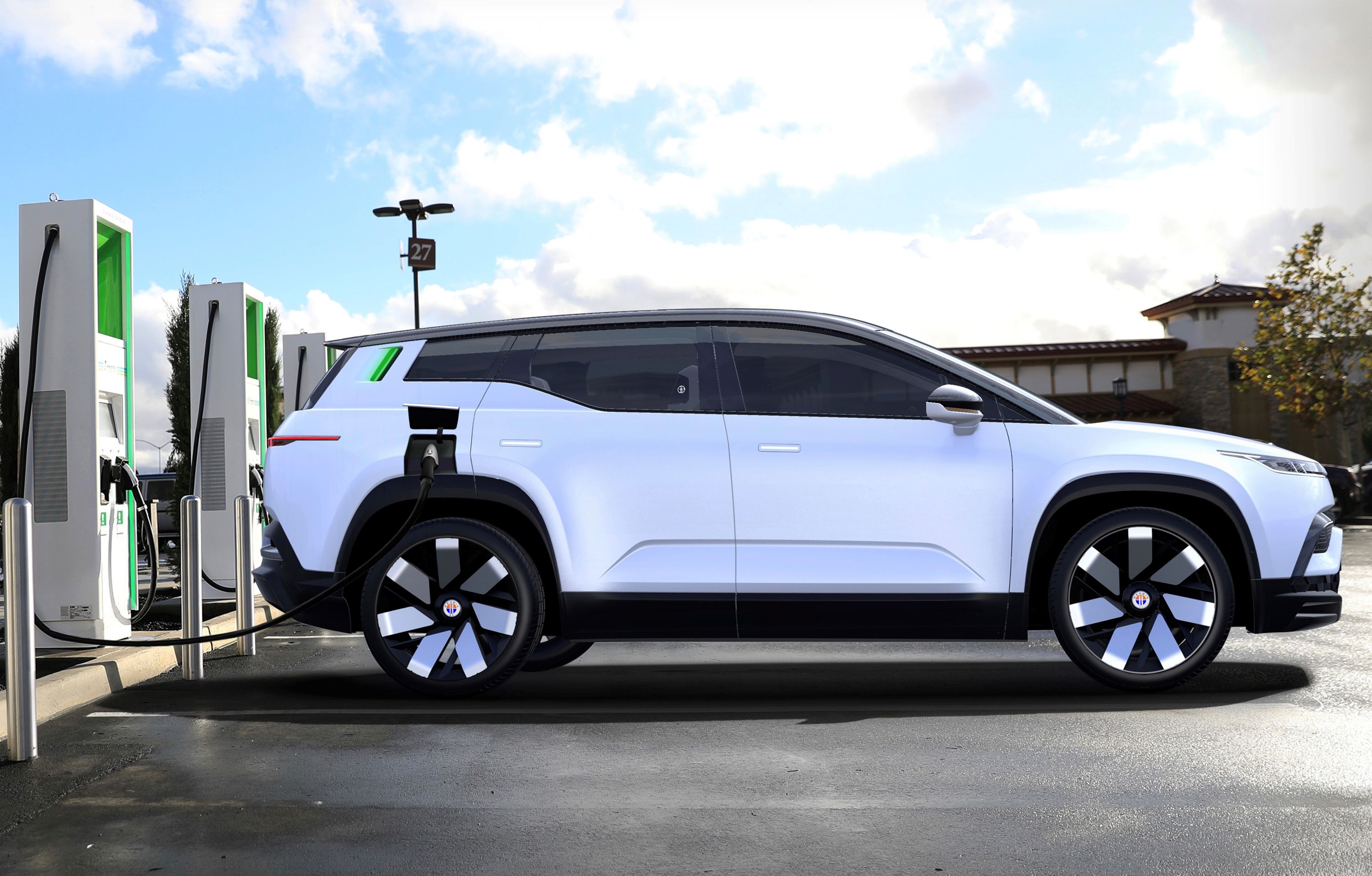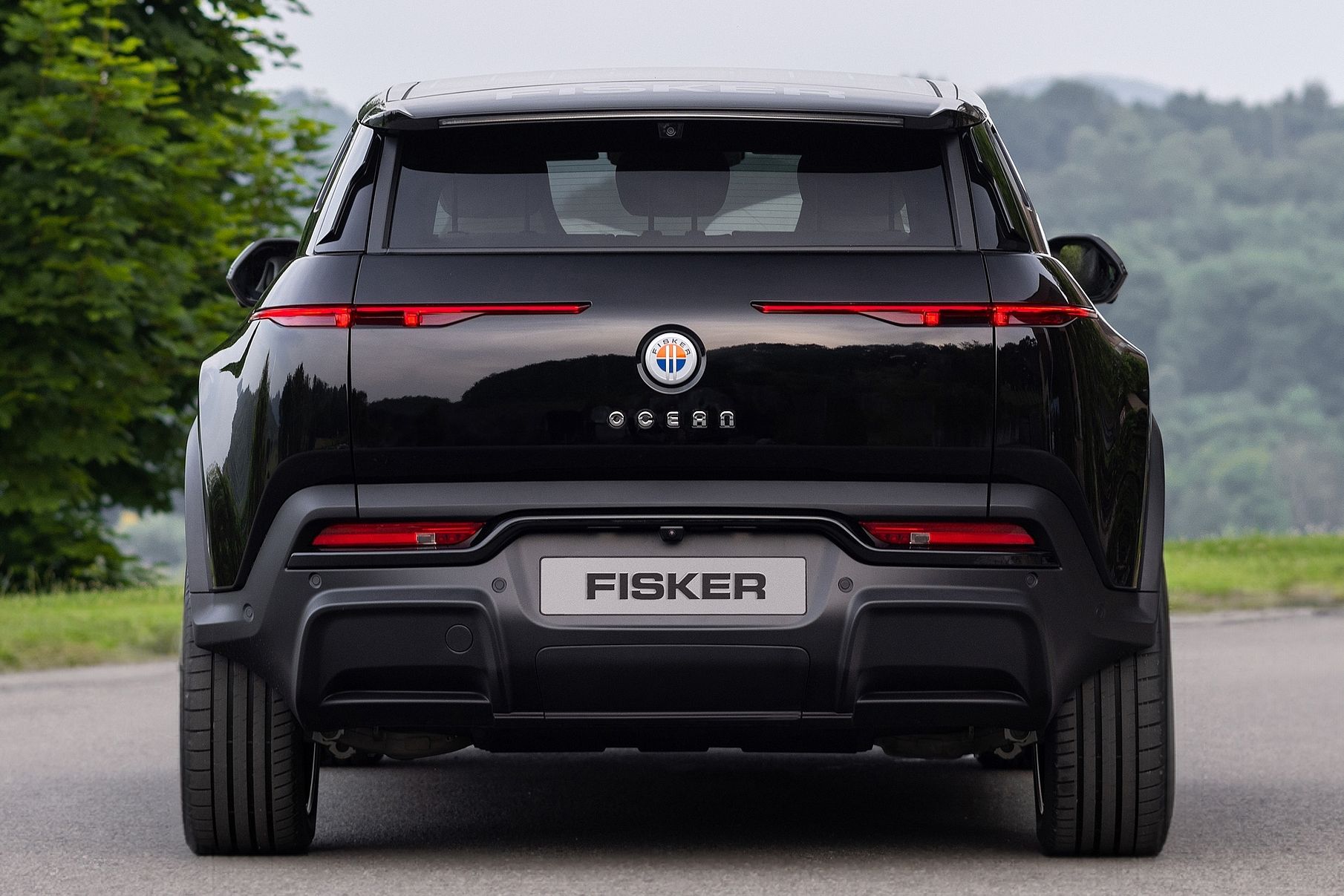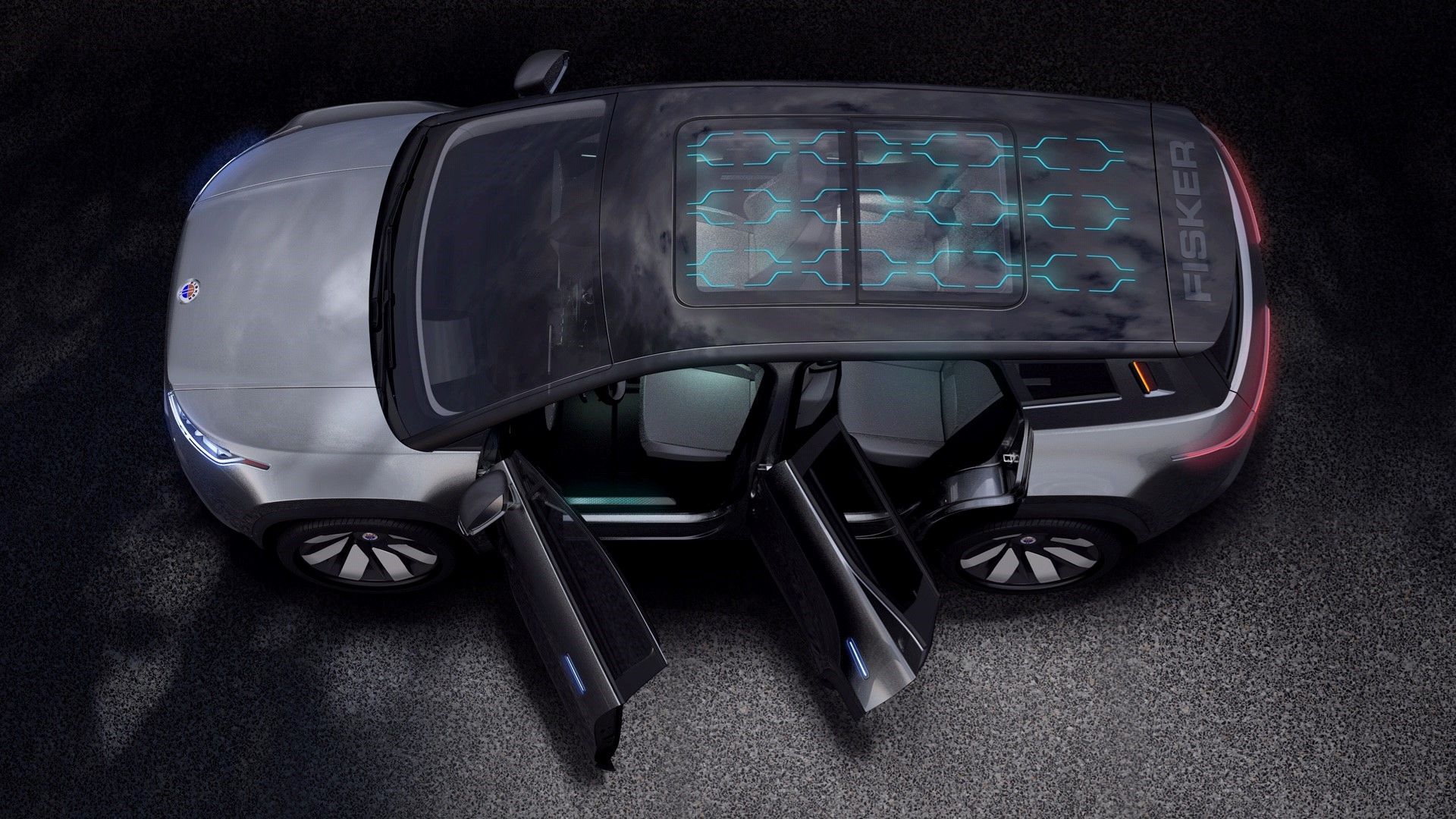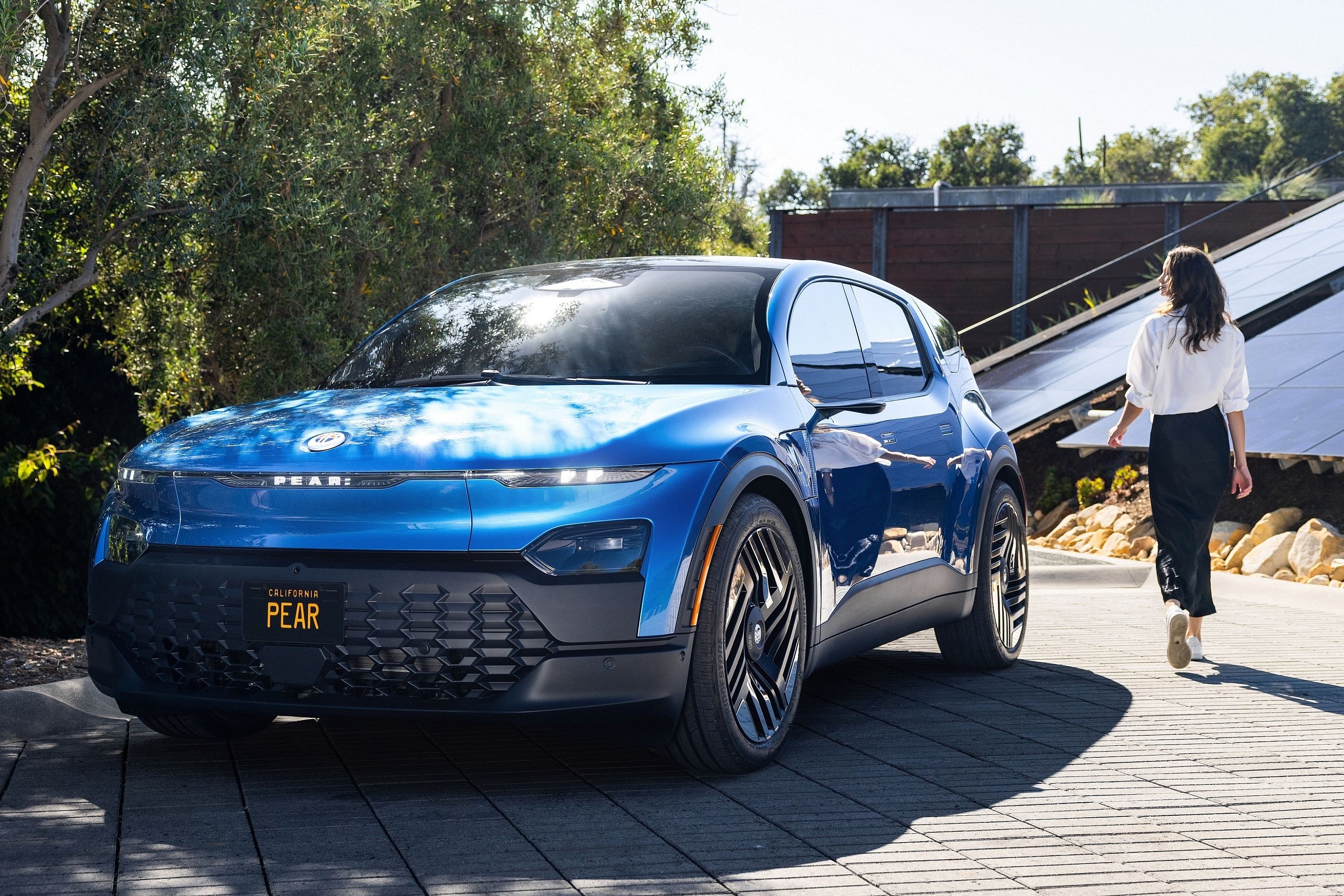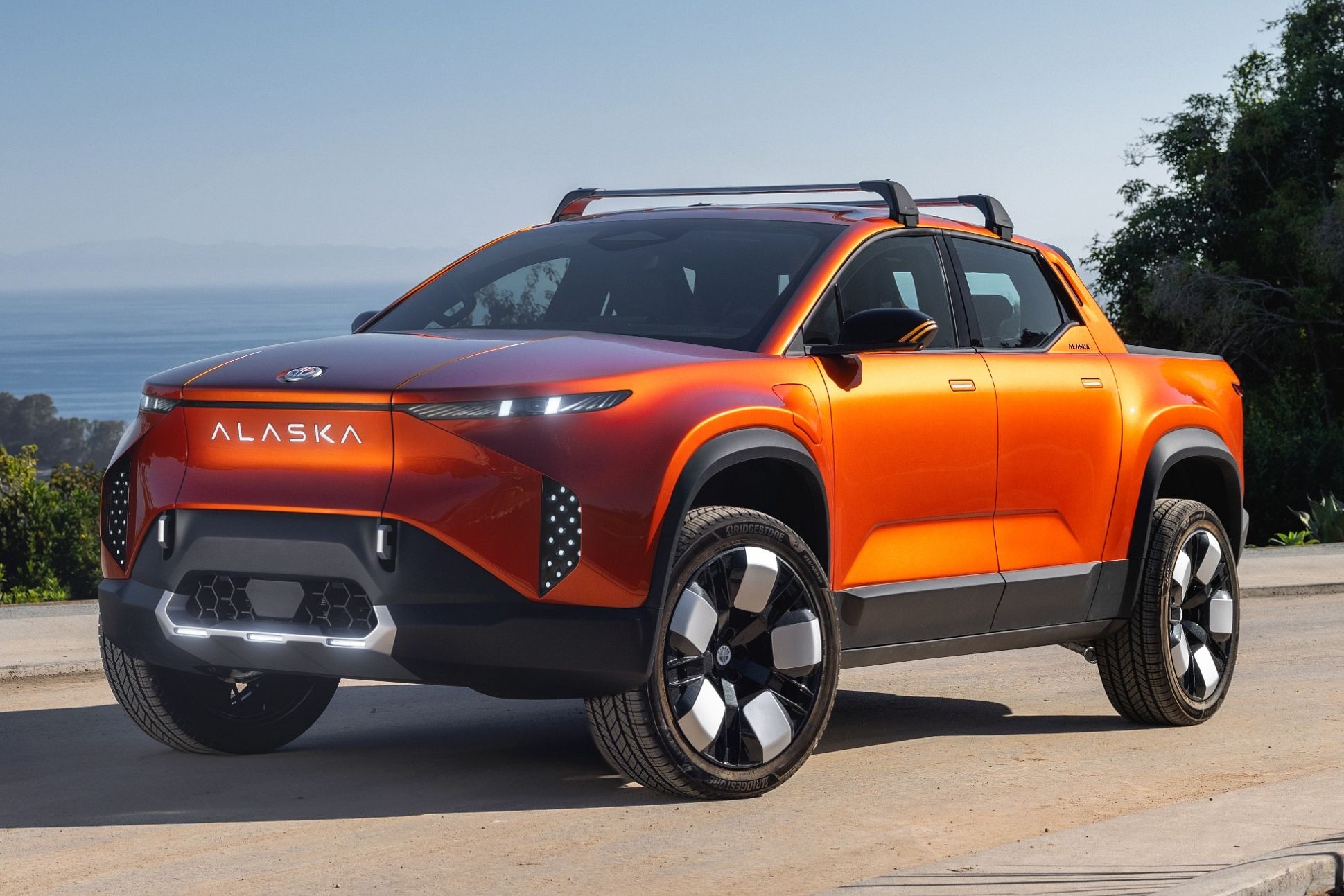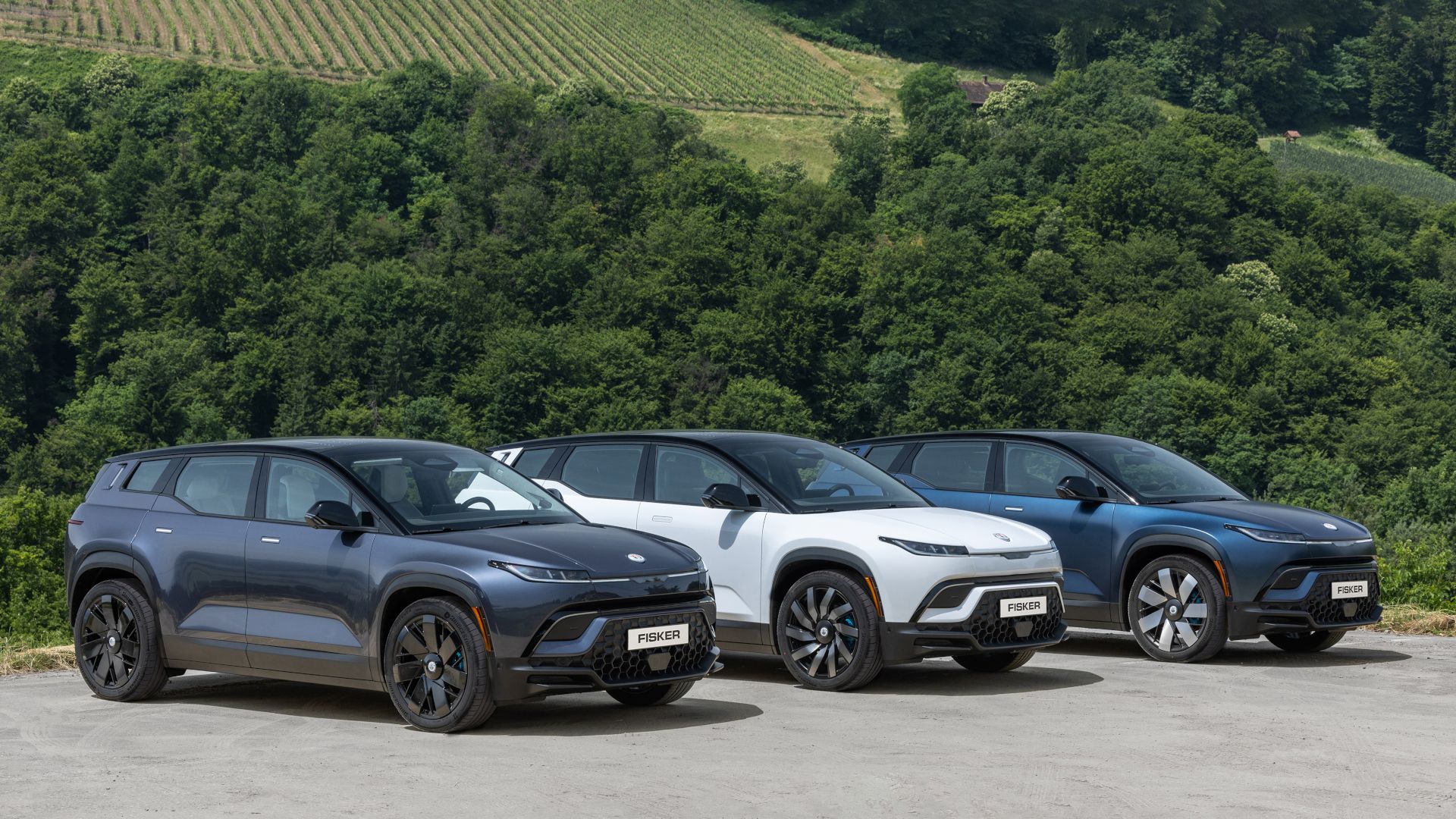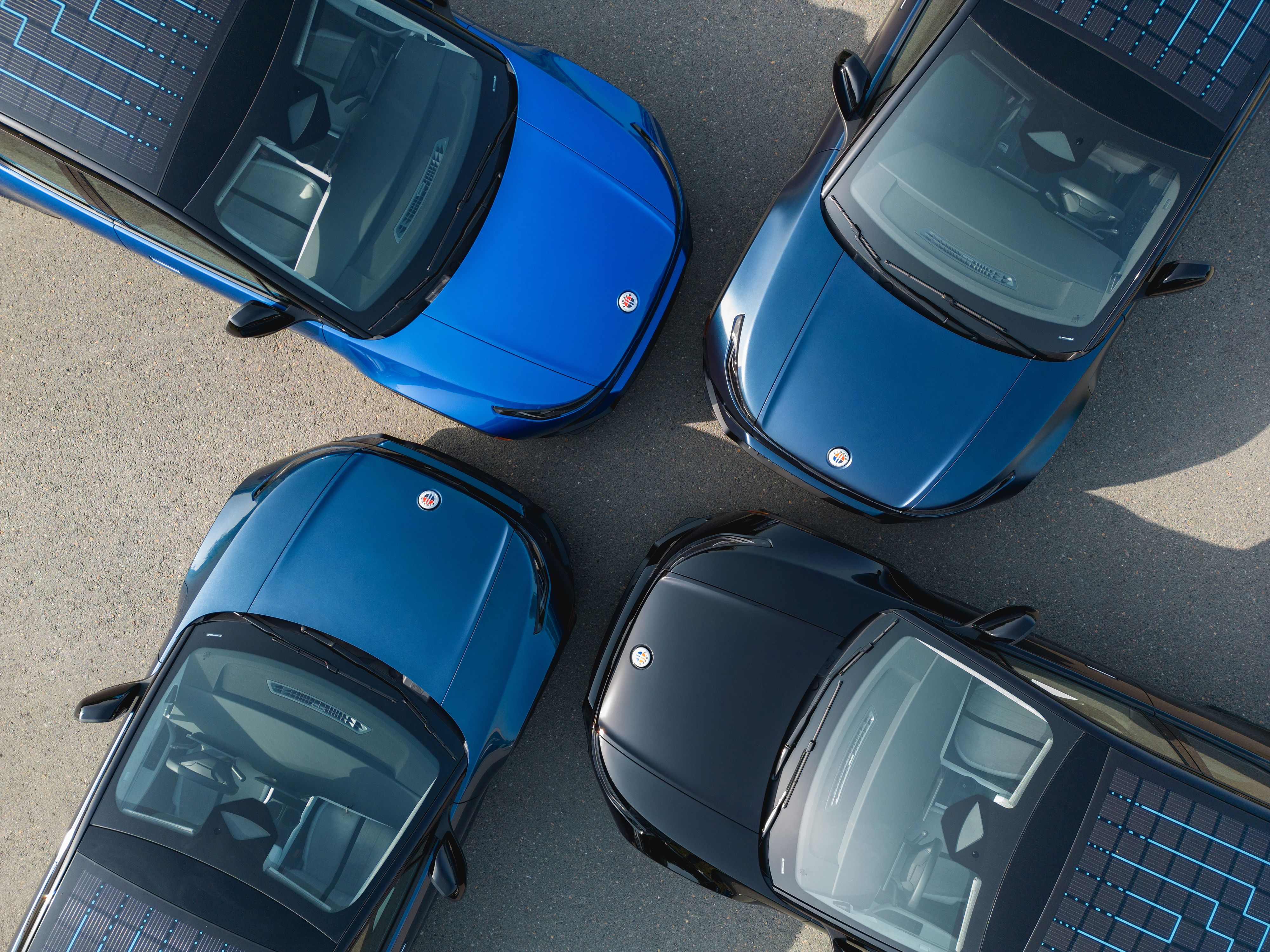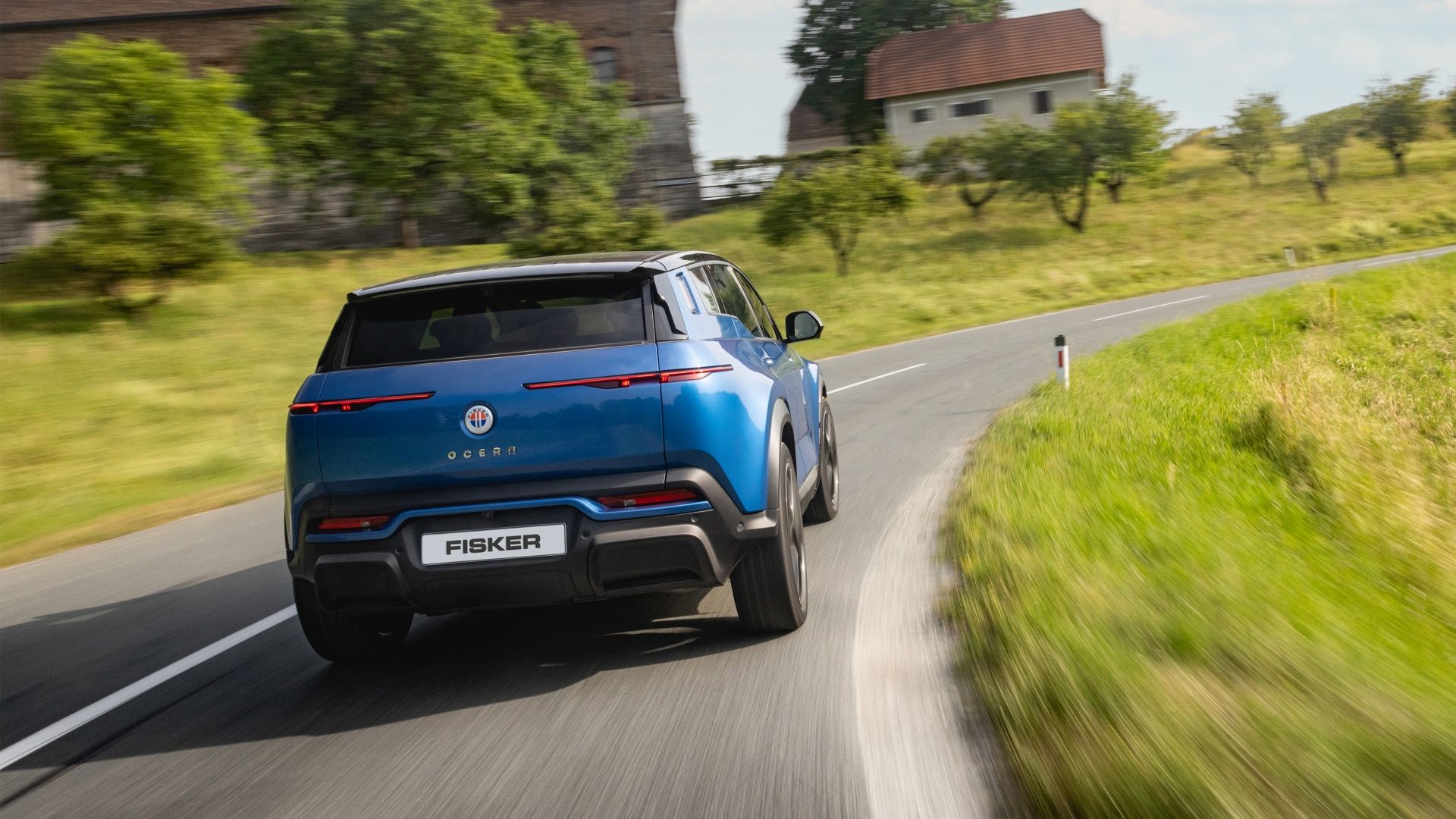
59% Of You Would Buy A $20k Fisker Ocean Despite The Automaker’s Imminent Collapse
Unless you’ve been living under a rock, you’ll have seen the unfortunate downfall of Fisker. We’ll be exploring the details in full in this article, but what you need to know right now is that Fisker is so desperate that it discounted the Ocean by up to $24,000. Depending on the state you live in and the EV-related incentives available to you, you can still get a brand-new Fisker Ocean for $20,000. To gauge interest in this deal, CarBuzz ran a poll to see how many people would consider an Ocean at $20k, despite knowing that the company might fold at a moment’s notice. Imagine our surprise when 59% of respondents said they would still buy one because it’s a bargain. 41% of you gave it a hard pass because the company is about to collapse. To be frank, we were expecting maybe 25% of respondents to be willing to take the gamble. But what risks are involved in such a gamble, and are the 59% in for a rough ride if they go ahead with such a deal? Let’s look at the details, shall we?
2024 Fisker Ocean
- Base MSRP
-
$38,999
- Engine
-
Electric
- Horsepower
-
282 hp
- Torque
-
285 lb-ft
- Top Speed
-
128 mph
- 0-60 MPH
-
3.7 seconds
Why Has Fisker Slashed Its EV Prices?
In short, Fisker was a wonky house of cards that eventually fell down in spectacular fashion. We’ll explore the reasons shortly, but what you need to know right now is that bankruptcy seems imminent. A few short months ago, early adopters were excited about the Ocean because it debuted with several cool features, such as solar panels on the roof, a rotating center screen, and an incredible 360-mile EPA rating.
The original pricing was reasonable, too. The range started at $38,999 for the entry-level Ocean Sport, $52,999 for the mid-spec Ocean Ultra, and $61,499 for the Ocean Extreme.
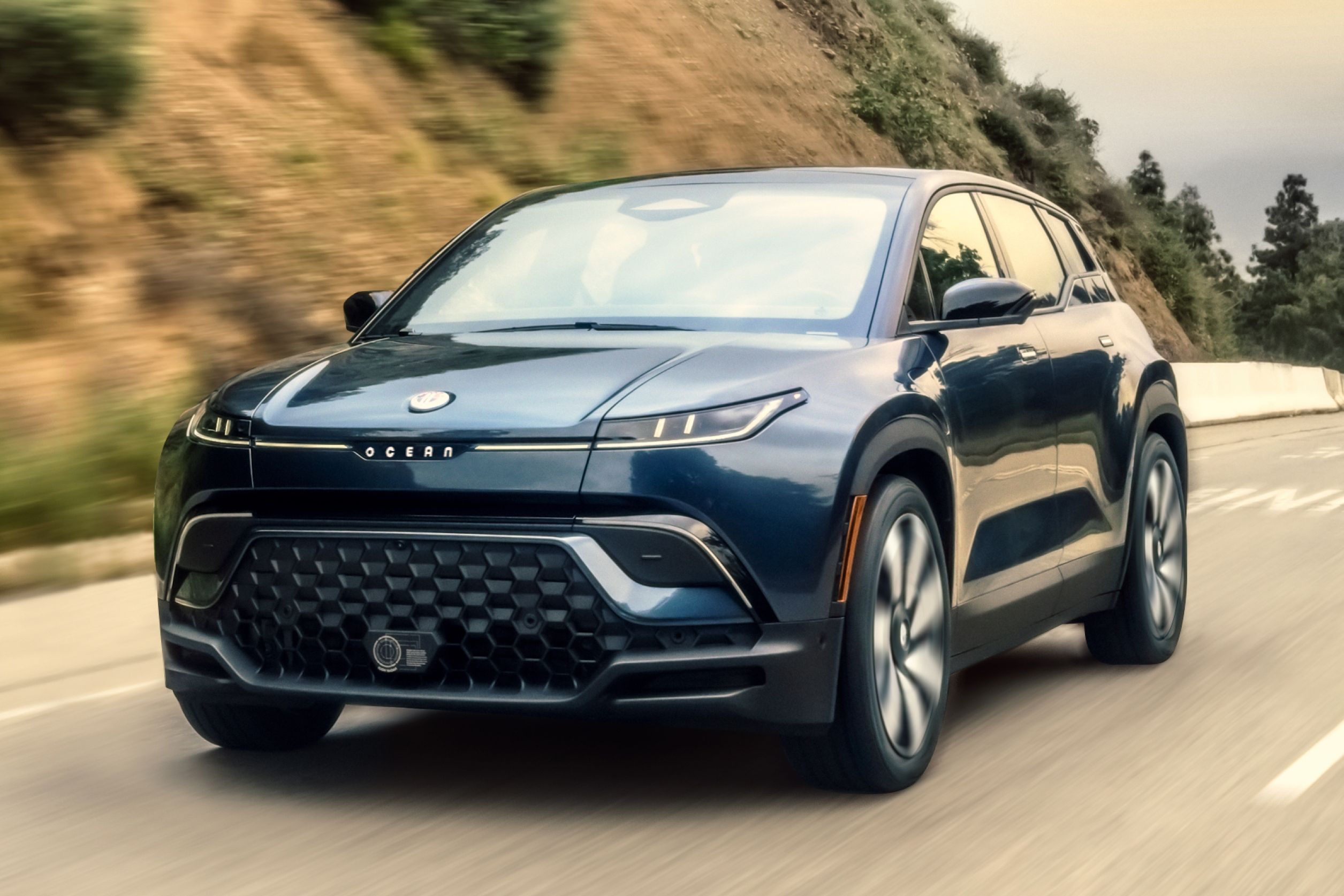
Related
OFFICIAL: Fisker Ocean Extreme Achieves EPA-Rated 360-Mile Range
It has the longest range of any electric SUV priced under $200,000.
Since the average price of a new electric vehicle is roughly $54,000 in the USA, at least two of the models in the range could be labeled reasonably affordable. These prices have now dropped to $24,999, $34,999, and $37,499, respectively. That’s a $24,000 discount on the top model, and just this week, Fisker waived the $2,438 destination and handling fee on some 2023 Ocean models. But before you go out and buy an Ocean Extreme for an entire entry-level Toyota Corolla Hybrid less than it would have cost at the start of the year, there are a few things you should know.
What Went Wrong For Fisker?
During August and September 2023, Fisker made several high-profile announcements that led many to believe the company was in good health. Out of these, three announcements stand out. Fisker officially adopted Tesla’s NACS (North American Charging Standard) plug, suggesting that enough would be sold to actually use the large charging network. Secondly, Fisker announced that it would ramp up production for the Ocean due to high demand, suggesting that many customers were interested.

Related
Fisker Alaska Pickup, Ronin Super-GT, And Pear Unveiled At Mega-Reveal Ceremony
“Fisker isn’t standing still,” said the company’s CEO.
The third and biggest sign that the company was in good health was a Huntington Beach event at which the company unveiled two brand-new products (the Ronin and Alaska), an off-road package for the Ocean, and the production version of the Pear.
Six months later, in February 2024, the rapid decline started. As things stand right now, production of the Ocean has stopped, and the price cuts mentioned earlier are basically the start of a massive fire sale to mitigate the upcoming and seemingly unavoidable bankruptcy. How did Fisker get it so wrong in six short months?
Quality Issues – Too Many To Forgive
Even the most reliable vehicles have teething issues, including the bastion of reliability, the Toyota 4Runner. If you read our feature on what 4Runner years you should avoid, you’ll see they all have one thing in common. The first model year of every new generation will have teething problems. Customers log official complaints with the NHTSA, and eventually these triple-digit complaints will drop to zero in successive model years. It’s a fine line, as customers are only willing to put up with so much before they buy something else and never return. Toyota has the advantage because it has been around for decades, but Fisker hasn’t.
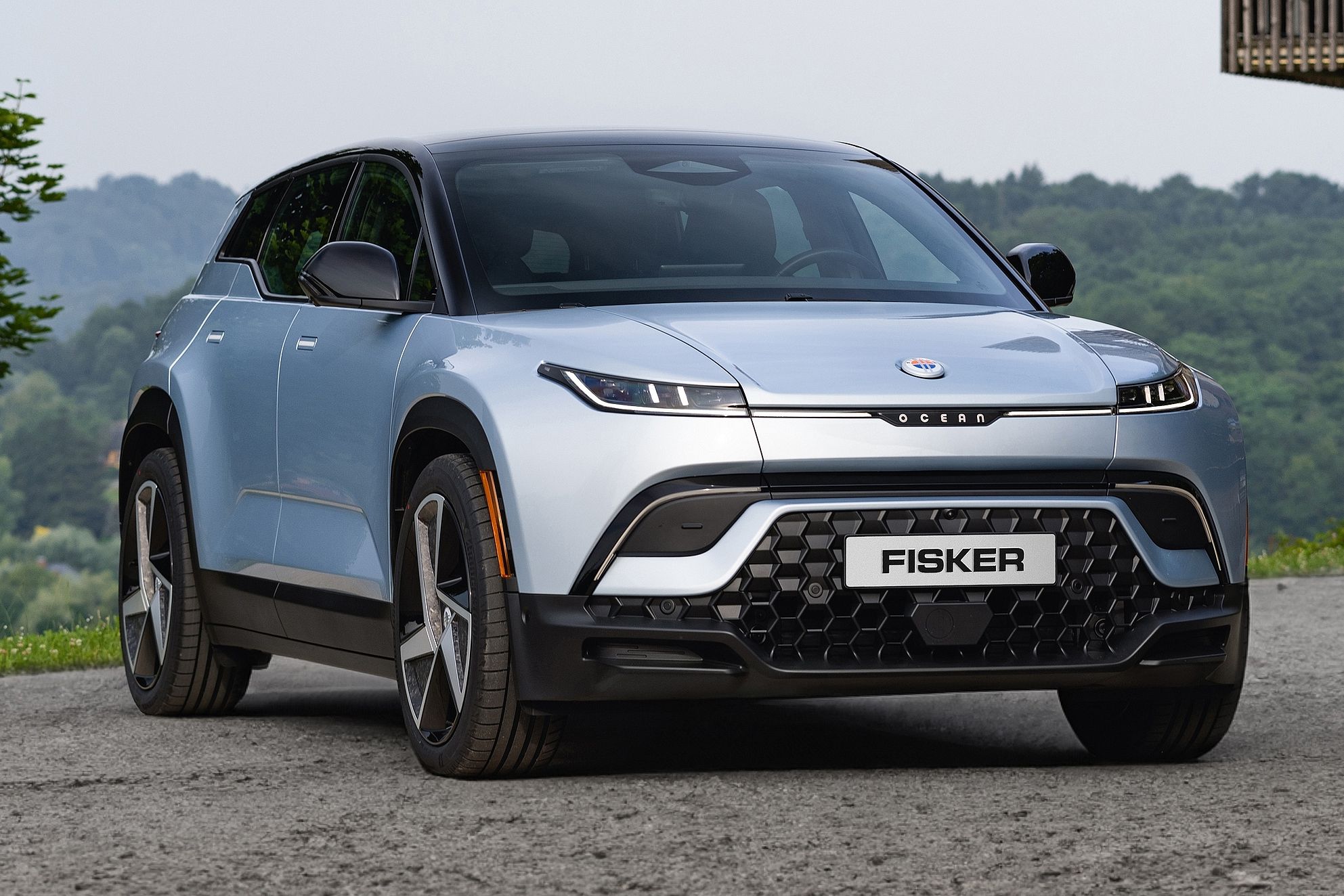
Related
UPDATE: Internal Documents Show Fisker Ocean Has Some Teething Problems
Customers are complaining of sudden power loss, braking issues, problematic key fobs, and more.
Fisker’s teething problems started small, but as more cars reached customers, the issues became quite severe. More than 100 units suffered from a loss of power, and internal documents showed that the Ocean also lost braking power, and malfunctioning keys locked people inside their cars. These aren’t minor mistakes, like putting the wrong sticker on the spare tire. All of these issues have the potential to kill.
Fisker announced that it was rolling out three over-the-air updates to fix these problems. That same day, a CarBuzz reader reached out and told us about the Ocean’s roof spoiler coming off at speed. Apparently, the spoiler is only held in place by five clips. We suspected this might be an isolated incident, as the Ocean was built by Magna Steyr, which also produces the robust Mercedes-Benz G-Class, BMW Z4, Toyota GR Supra, and half a dozen other products for reputable automakers. This pointed to a serious design flaw, as the Austrians are not known for half-assing things. To cap it all off, the first batch of reviews was scathing, and the Ocean replaced the VinFast VF8 as the worst-reviewed car in at least a decade.
Product Delays – A Sign Of Financial Struggles
Two weeks after these significant teething issues came to light, Fisker’s CEO, Henrik Fisker, announced that the entry-level Pear had been delayed. Fisker said it was delayed as it was seeking investment from other automakers, which never came. On March 19, Fisker hit pause on Ocean production as it needed to raise $150 million to keep the company from going bankrupt. It was quite clear that outside investment was required, but it was not to be. Nissan was tied to a deal with Fisker, but it fell through a week after Fisker announced it needed that large chunk of money.
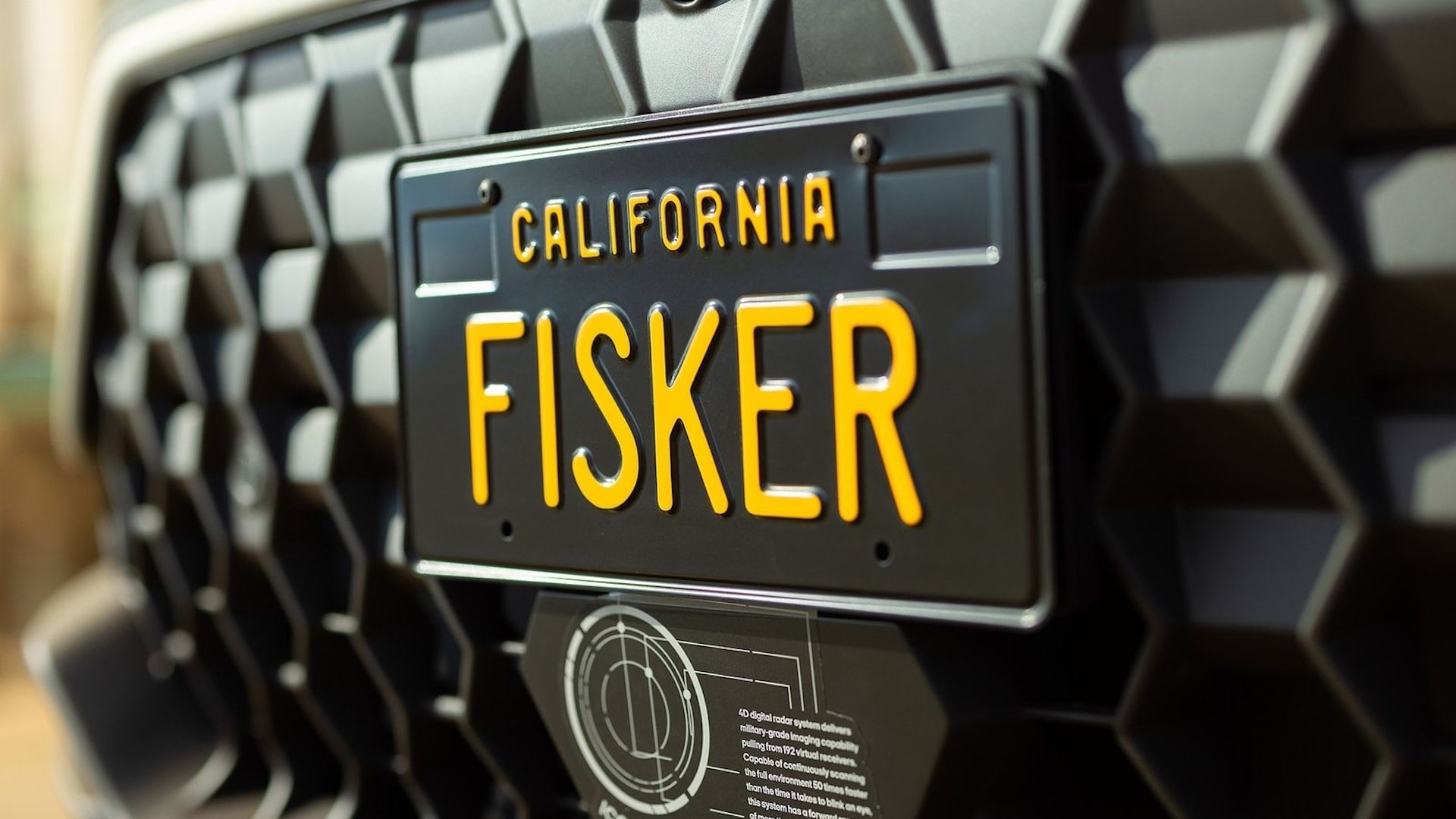
Related
Fisker’s Future Becomes Uncertain As Deal With Major Automaker Crumbles
Rumors suggested that Nissan was ready to throw Fisker a lifeline, but it seems the EV startup must look elsewhere for a savior.
Fisker received $150 million from an unspecified investor(s), but the deal with Nissan that fell through did serious reputational damage. Despite this investment, the New York Stock Exchange announced it would start delisting Fisker’s stock. That was arguably the final nail in the coffin for the company, and Fisker was circling the drain. We’ll go deeper into the stock price in a few moments, but due to these financial woes and Fisker’s financial losses, Fisker didn’t have enough money to develop new models. Heck, it didn’t even have enough money to repair all the problematic Oceans out there. It had to resort to ripping parts off cars parked in its graveyard to fix customer cars. The fact that Fisker even has a graveyard of pre-production and production vehicles standing in a lot for various reasons is cause for concern.
Poor Customer Service – Fisker Had A Good Idea, But Too Many Problems
Fisker made headlines in August 2023 when it provided exceptional customer service. One of the first Ocean owners complained about sudden braking, malfunctioning car keys, and the car’s air-conditioning. Instead of receiving a call from somebody in Fisker’s call center, Fisker’s Vice President of Global Marketing, Sales and Service took care of the customer’s complaints. Fisker even sent two Magna Steyr engineers to this customer’s home to fix the problems, after which the VP made a home visit. This was obviously a PR stunt, which became impossible as more Oceans reached customers.
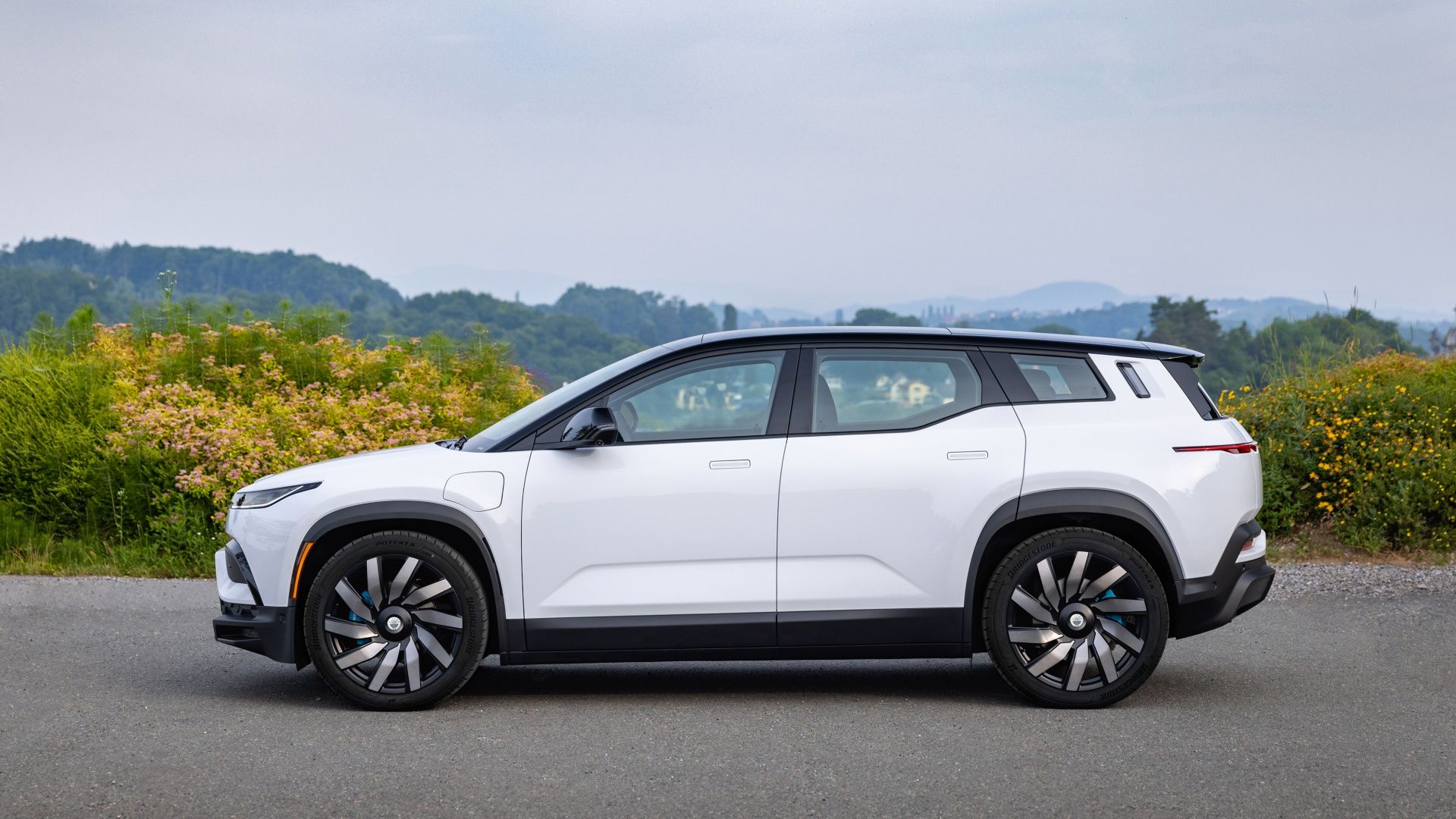
Related
Fisker Delivered Some Cars Without Getting Paid
Sloppy bookkeeping had Fisker scrambling to collect what it was owed.
It soon became clear that Fisker didn’t have the systems in place to run a car company. It even delivered cars without getting paid because of internal confusion, such as lost paperwork, problems with tracking revenue, and misplaced checks. Basically, there are lemonade stands run by 10-year-olds that have better bookkeeping systems in place. To make matters worse, the feds launched an official investigation into the Ocean’s doors in early April. The Office of Defects Investigation received 14 complaints about door handles and the emergency override failing. These complaints came after the power loss and brake failure reports. By then, there were too many customers and too many problems, and Fisker simply didn’t have enough VPs to go around making home visits.
Stock Value – The Definition Of Tanking
Fisker went public on 30 October 2020, and by the end of the day, shares were trading at $10.14. The company was worth an estimated $3 billion. The stock reached an all-time high of $28.50 on 26 February 2021, shortly after the company announced that it would build the entry-level Pear with Foxconn in the USA. The promised volumes were 250,000 per annum, so Fisker seemed like a solid bet. It appeared to be the next Tesla.
At the time of writing, Fisker’s stock was selling for four cents, which, believe it or not, was a 14% increase over the previous day. The company already filed for bankruptcy in Austria (where the Ocean is made), and looking at these figures, the company might be filing by the time you read this.
“A bankruptcy filing is almost a certainty at this stage.”
– Sam Abuelsamid, Guidehouse Insights Principal Analyst.
Lawsuits Over Non-Payment – The Sharks Are Circling
With news of Fisker’s imminent failure all over the web, the automaker’s suppliers are trying to ensure they get their cut. The biggest lawsuit it currently faces involves German engineering firm Bertrandt AG, which claims it has not been paid for its services and that Fisker does not want to hand over intellectual property related to future models like the Pear and Alaska. Fisker reportedly stopped paying Bertrandt AG in August 2023, and the outstanding bill is $12,919,443. Corinthian Textiles is also dragging Fisker to court for unpaid bills.
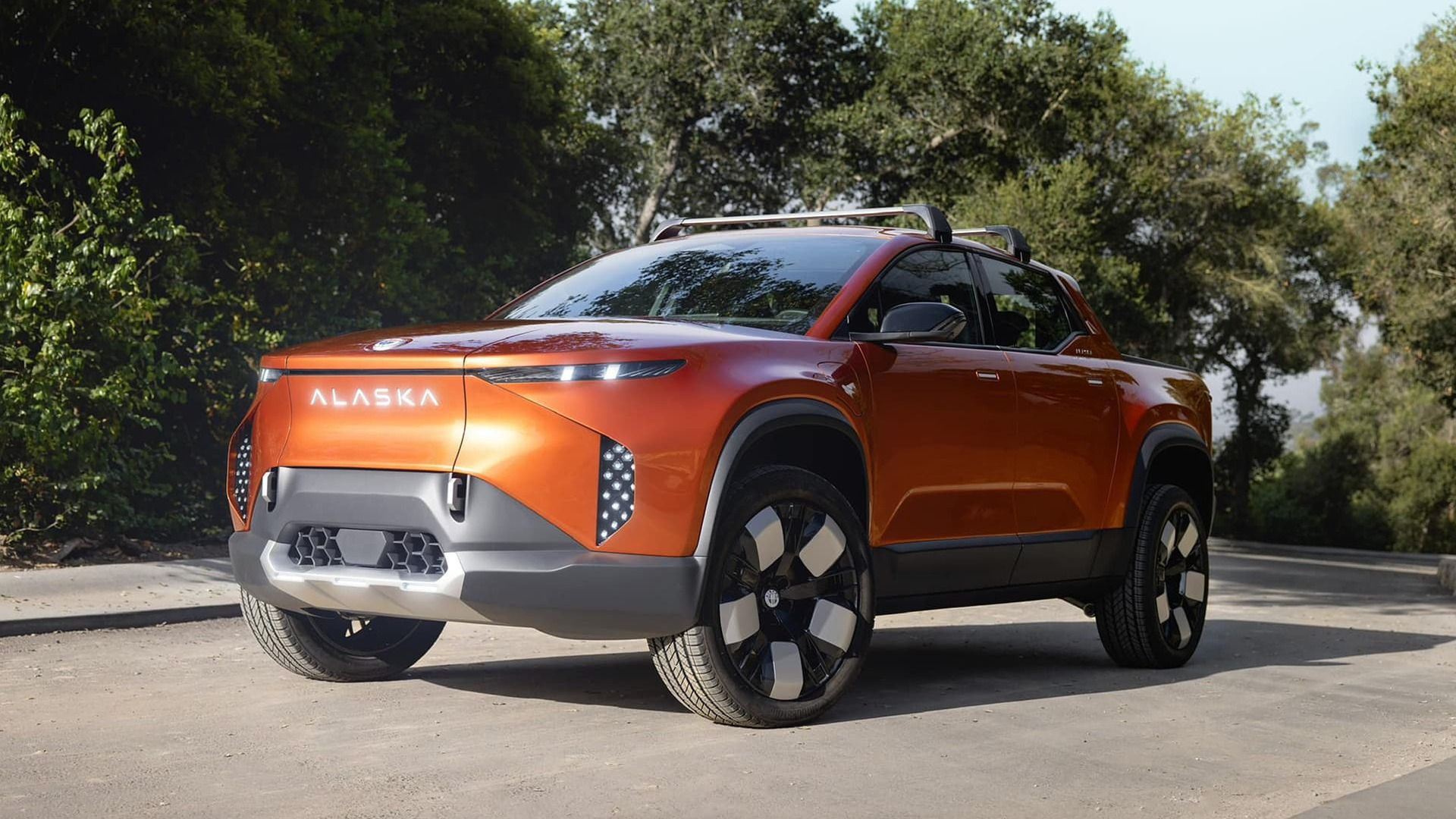
Related
Fisker Facing Separate Lawsuits For Non-Payment Of EV Development, Overworked Staff
Bertrandt is seeking nearly $13 million in damages related to unpaid fees regarding the development of the Alaska and Pear EVs.
Fisker is also facing lawsuits from within the company. One employee, Robert Lee, is in the process of filing a class-action lawsuit against Fisker for allegedly overworking hourly employees without giving them the required compensation. The filing states that Fisker did not track work hours, which kind of tracks, as the company couldn’t even keep track of which customers paid for their cars. In addition to all of this, Fisker is also facing lemon law lawsuits in California, Florida, New York, and Massachusetts.
All of these legal problems will pale in comparison if Magna Steyr decides to take action. Fisker has already filed for bankruptcy in Austria to protect itself, but it signed a long-term manufacturing contract with the Austrian automotive giant, which stands to lose hundreds of millions. Magna now has an entire production line doing nothing, which means lost income and job cuts. The ball is in Magna’s court, and we’re waiting to see what it does next.
Cancelation Of Orders – No New Money Coming In
As Fisker was starting to lose cash, its customer pool started canceling their orders at a rapid rate. At its highest, the reservation total for the Ocean was 70,000 units. Fisker has since lost 40,000 of those orders, with reservations dropping by 70 to 80 units per day by late March 2024. These canceled reservations go beyond the obvious loss of 40,000 potential customers. Fisker also has to refund the $250 each reservation holder paid to be one of the first to own an Ocean. That’s $10 million…
There were reservations that turned into orders, in which case customers had to pay a $5,000 deposit. Some customers have canceled these orders, willing to take a $5,000 knock to avoid a greater knock down the line. This may seem like a win for Fisker, but it’s losing out on the additional thousands of dollars it would have received had the customer gone through with the order.
What Are The Risks Of Buying A Fisker Now?
The fact that so many people are willing to buy a Fisker Ocean despite the company likely going bust within the next few weeks came as a surprise. The best theory we could come up with is that potential customers must be under the illusion that an electric vehicle is a relatively straightforward car that requires minimal maintenance and, therefore, doesn’t require the backing of a company. That’s not the case, however. There are many ways this seemingly cheap purchase can come back and bite you in the butt.
You Could Be Stranded With A Brick
The Fisker Ocean is not just a striking vehicle on top of an EV skateboard. Like any other EV on sale today, it’s software-driven to the point where it simply can’t operate without a team of engineers who specialize in coding. The Ocean has more in common with a smartphone than a 2006 Honda Accord. As we mentioned earlier, Fisker rolled out three over-the-air software updates soon after customers started complaining. If the company goes bust, the team of engineers dedicated to writing the code that makes the car work disappears, too. There’s a high chance that you may end up with a $20,000 paperweight.
Speaking of what might happen, Sam Abuelsamid, Principal Analyst for Guidehouse Insights, told CarBuzz, “The vehicles will keep running for as long as they can, but there won’t be any more software updates, unless Fisker decides to open source the code, at which point some developers might step up.” Worse still, even if development arose from third-party suppliers, they’d lack the infrastructure to deploy the necessary OTA updates. “Owners would need to download and install it themselves, something that is probably beyond the abilities of most owners,” explains Abuelsamid.
“Unless Magna or someone else steps up to buy and support the assets, the current vehicles will effectively be frozen in amber.”
– Sam Abuelsamid, Guidehouse Insights Principal Analyst.
No Support For Services And Repairs
While it’s true that EVs require less servicing than gas-powered models, they still need to go in at least once a year for at least an inspection and a wheel rotation. According to Tesla’s servicing schedule, a car also needs to come in at 25,000 miles to have the air-conditioning’s desiccant bag replaced to manage the moisture in the cabin and, crucially, to have its brake fluid replaced. You want your brakes to be in the best condition in an SUV that has up to 560 horsepower at its disposal and weighs more than the average ICE car by some margin.
Theoretically, you can have the car serviced by an independent shop, but since it’s a software-driven machine, diagnostics could be a big issue. And while most of the parts within a car come from a third-party supplier, you can forget about getting your hands on certain parts. Something as simple as a bumper bash will be the end of your car. As soon as the company goes bankrupt, nobody will be stamping out new body panels.
It Will Be Worth Nothing As Soon As You Take Delivery
Even if another automaker comes in and takes over Fisker, this first batch of Oceans will always be worth nothing. Almost no dealers or private buyers will be interested in a car with so many problems, with zero backup. If you buy a Fisker for $20,000, it’s yours for life. And unlike a gas-powered car, the unfortunate reality is that EVs have an expiration date. Their batteries lose a percentage of their capacity every couple of years, and eventually, the CATL-supplied battery will run down. The current estimate is that an EV battery lasts between 15 and 20 years or between 100,000 to 200,000 miles.
With an ICE car, you have options. You can do an engine swap and keep it running for ages, but that’s not an option here. At some point, you will realize that it was $20,000 basically flushed down the drain and that you have nothing to show for it.
What’s Next For Fisker?
The good news is that Fisker is currently up for sale and that at least four automakers are interested. Fisker can’t release the details yet, as the interested parties still have to do their due diligence. The big question we need to ask ourselves is whether Fisker as a brand still has any value left. This one question will dictate what happens next.
This is not the first time Henrik Fisker has run a company into the ground. In our opinion, the brand is dead, and the companies interested in buying it want nothing more than the existing designs, patents, machinery, etc. Designing an entirely new model from scratch is a costly exercise, and there are at least three Fisker products that other automakers will be interested in. We’re talking about the midsize Ocean, the entry-level Pear, and the Alaska pickup truck.
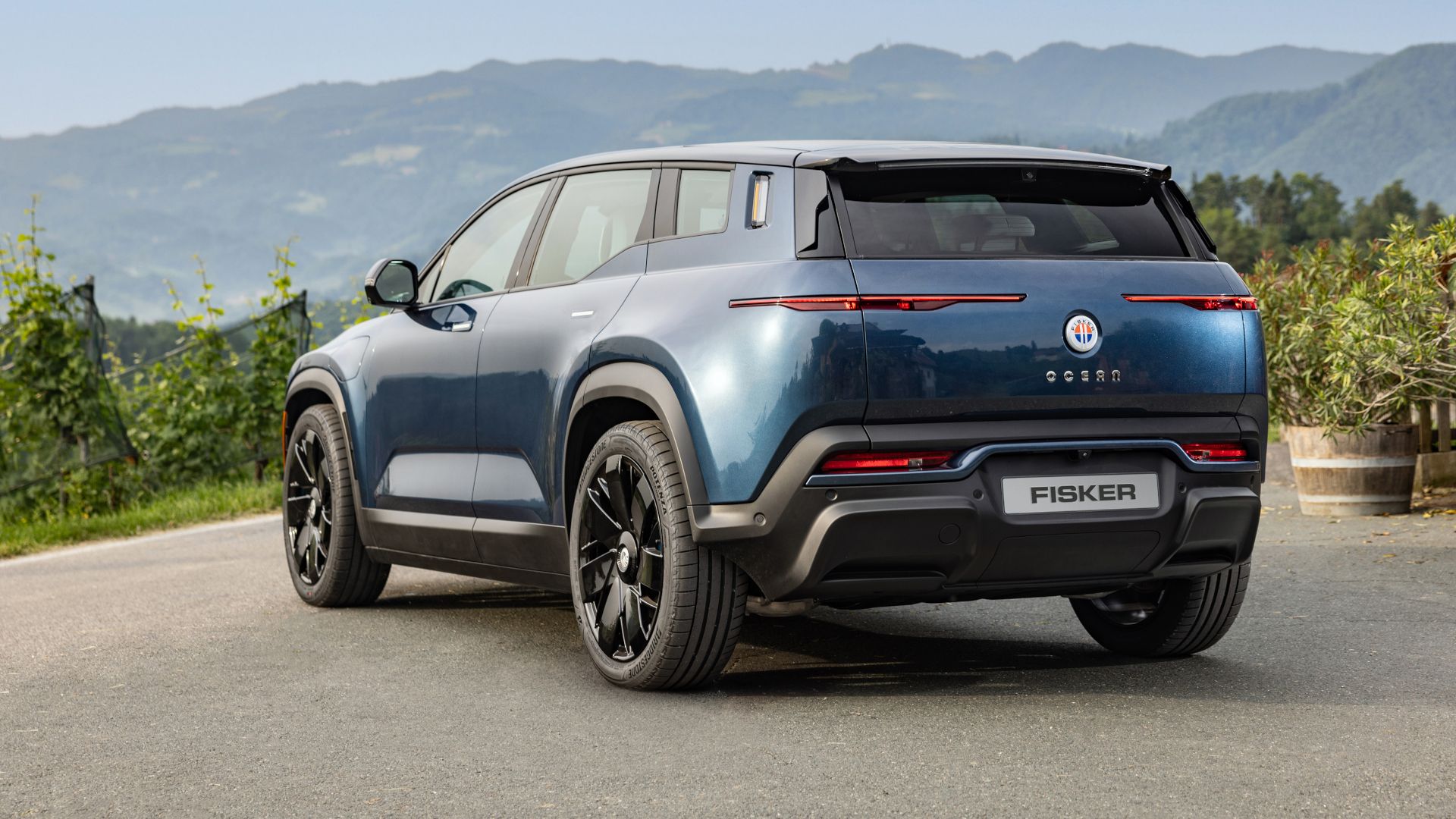
Related
Fisker Up For Sale And Four Automakers Are Apparently Interested
The embattled automaker’s share price is at all-time low, but Fisker may yet find a savior.
Any automaker that’s lacking in the EV department could theoretically come in and take over the operation, rebranding these vehicles as its own. The only problem is that the Ocean is clearly not production-ready if you study the complaints, and who knows how far down the line the upcoming models are? Whoever buys Fisker will get a good deal and a load of development already in the bag, but it’s clear that these cars are not finished. The Ocean needs at least another year of development to iron out the kinks, but overall, it’s still a reasonable deal and a cheap workaround for the automaker that decides to buy in.
The Fisker Cars We’ll Never Get To See
Fisker was working on three high-profile models that would never reach production as intended. If another automaker comes along, we might see these models, but they’ll likely be rebranded and restyled to fit in with whatever automakers’ design DNA. If existing automakers decide that Fisker is too far gone, which is also a possible outcome, we’ll never see these again.
Fisker Pear – The VW ID.4 And Ioniq 5 Alternative
The Pear was easily the most profitable model Fisker had in the pipeline. It had a funky exterior, clever packaging, and Fisker promised a sub-$30k MSRP. It also would have qualified for the Inflation Reduction Act’s tax credits, as the plan was to build it in the USA. The Pear had potential and could have given existing and upcoming compact EVs like the cheap Chevrolet Equinox something to think about. Also, healthy competition is good in the automotive space, especially when it comes to models the average person can actually afford.
Fisker Alaska – Could Have Been A World First
We’ve seen loads of large electric pickup trucks, but the Alaska might have been the first of its kind, somewhere between the compact and midsize segment. We know Ford filed a trademark for the Maverick Lightning and Ranger Lightning, which means these models are in the pipeline, but neither have been spotted doing the rounds, so there’s a good chance Ford’s smaller electric pickup trucks are still only an idea on a whiteboard.
This is a segment worth exploring, but with the recent decline in EV sales, automakers certainly won’t be willing to put down a billion dollars to develop a compact electric truck. Out of all Fisker’s future models, we think the Alaska is the one most potential buyers will be after.
Fisker Ronin – Oh, The Irony
A Ronin is a samurai without a master. Fisker’s Ronin is a 1,000-horsepower four-door drop-top meant to go up against the likes of Rolls-Royce and Bentley. Fisker made a lot of claims for the Ronin, like a 0-60 mph time of two seconds, a range of 600 miles, and an “ultra-luxury” price. Only 999 were meant to be produced, but we don’t think this car will ever see the light of day, even if another automaker takes over. First, it’s tough to take on the establishment. If you have Rolls-Royce money, you spend it on a Spectre because that’s just how it works. Also, the world certainly doesn’t need a 1,000-hp four-door drop-top. If a thousand horses is your goal, Tesla will sell you a Model S Plaid for $80k.
Conclusion: Fisker Is Finished
The Fisker name is too tainted to carry on. Henrik Fisker has suffered two massive startup failures, three if you count VLF Automotive’s F1 Roadster. The latter venture failed after selling only five units. The brand has no history and given everything that’s happened, it will never win the public’s trust again. There is still some value, but only on the property side. The name itself is effectively worthless.
Did Fisker deserve what happened to it? If you look at everything that has happened, one thing is clear. The Fisker Ocean was not ready for production, but the company put it on sale anyway. And the flaws owners reported were the kind that kill a car. It’s like the Alfa 4C’s automated manual, the Mazda RX-8’s poor reliability, the Nissan Juke’s CVT gearbox, and the general sad existence of the Chrysler 200.
Fisker is responsible for its own downfall, and what happens next is simply the repercussions of operating in a capitalist system.

